1. Chairs That Prioritize Style Over Comfort
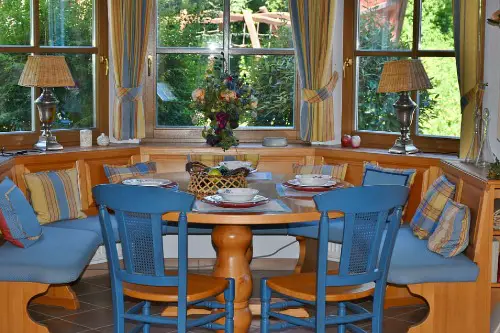
Sculptural seating may look fabulous in photos, but when guests shift and wince during appetizers, it’s game over. High backs, hard seats, or precarious angles signal form-first hosting. It’s dinner with a posture check. Guests eat fast—and leave faster.
A chair should say “stay awhile,” not “you’ll feel this tomorrow.” Trendy discomfort kills vibe quicker than a bland salad. The room may stun, but the seating stalls. When comfort’s compromised, conversation follows suit.
2. Overly Minimalist Tablescapes
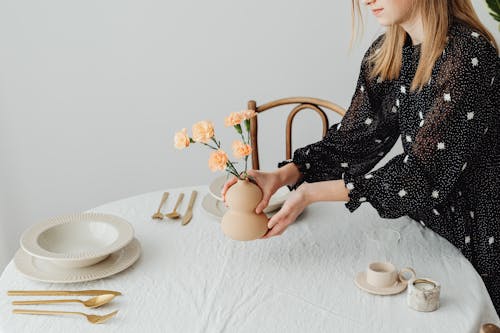
While sparse design screams elegance online, in person it often whispers emotional distance. Guests wonder where the bread basket went—or if they’re allowed to move the single eucalyptus stem. It’s style at the cost of softness. Ambiance freezes over.
Minimalism can be sleek, but it must feel human. Without warmth, dinner becomes a silent museum tour. Guests hesitate to reach or relax. Connection needs clutter—at least a little.
3. Too-Much-Matching Everything

Coordinated napkins, placemats, dishware, and centerpieces may feel curated, but they can also feel performative. Guests spend the evening tiptoeing, worried they’ll disrupt the visual harmony. It’s hosting as choreography—not hospitality. Perfection pushes people away.
A little mismatch builds personality and ease. When every piece is part of a set, people stop feeling like they can improvise. The table becomes stage, not sanctuary. Color coding kills comfort.
4. Oversized Light Fixtures Hung Too Low
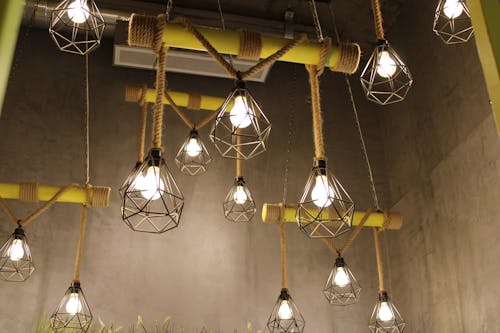
A massive pendant light makes a statement—until it becomes the only thing guests can see. Ducking to make eye contact or shifting to avoid glare isn’t good table energy. It’s mood lighting gone rogue. Drama becomes distraction.
Lighting should enhance—not interrupt—the meal. If guests can name the chandelier but not each other, something’s off. Ceiling decor should never steal the show. Elegance needs elbow room.
5. Insta-Worthy Centerpieces That Block Sightlines
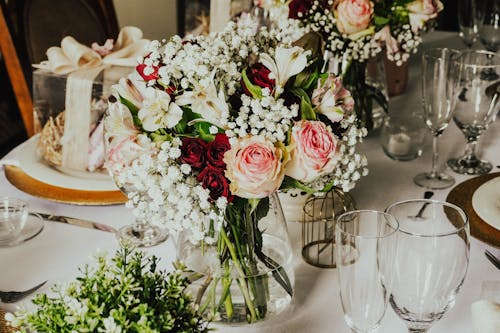
Towering arrangements and elaborate tablescape sculptures look stunning—right up until someone tries to toast across the table. Visual barriers kill intimacy and mute conversation. When guests can’t make eye contact, connection crumbles. Beauty turns into barricade.
Lower flowers, spaced decor, and modest accents let the room breathe. Form should frame, not fence off. A table’s job is unity, not partition. Tall art = short dialogue.
6. All-White Dining Rooms
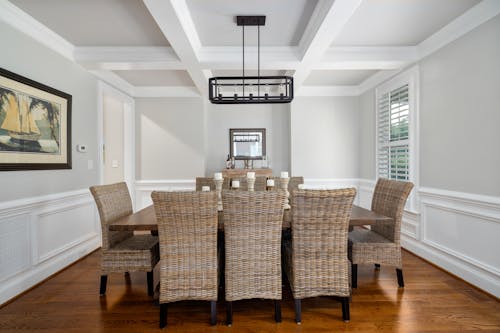
Pristine walls, stark linens, and gleaming surfaces may read “chic” but often feel clinical. Guests become hyper-aware of spills, crumbs, and lipstick smudges. Relaxation gives way to restraint. The vibe borders on surgical.
Warm tones and layered textures invite vulnerability. All-white settings can unintentionally alienate. When people fear the furniture, they fear the moment. Dinner should be indulgent—not antiseptic.
7. Bluetooth Speaker “Surprise Playlists”

Surprising guests with avant-garde soundscapes or mood-setting music that doesn’t match the energy can backfire. Awkward pauses, mismatched beats, or confusing lyrics turn the meal into a guessing game. Audio ambiance shouldn’t hijack the evening. Sound should support—not dominate.
Stick with gentle, familiar tones unless the theme calls for boldness. If people are whispering about the playlist instead of participating, it’s time to pivot. The dining room isn’t Coachella. Don’t let music become the main course.
8. Extra-Long Banquet Tables in Tiny Rooms
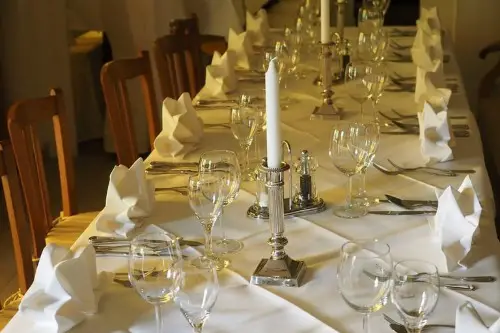
Elongated tables promise grandeur—but in small spaces, they stretch guests awkwardly far from conversation. Shouting across the salad or playing musical chairs to chat kills flow. You wanted banquet; you got barrier. Length doesn’t always mean luxury.
Intimacy thrives on proximity. When the table outpaces the room, connection suffers. Dinner should feel communal—not competitive. Shape should serve people—not spectacle.
This post 8 Dining Room Trends That Guarantee Awkward Dinner Parties was first published on Greenhouse Black.
